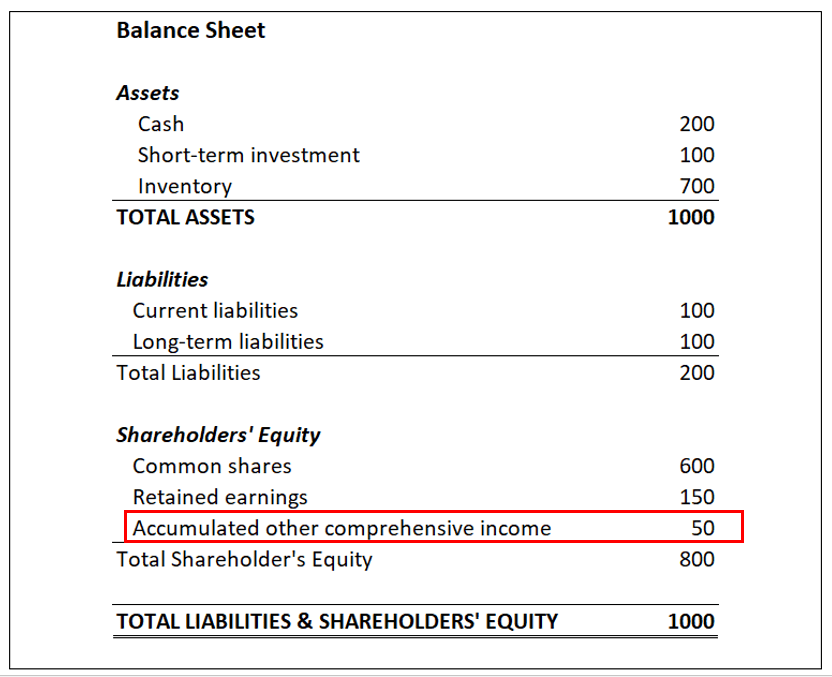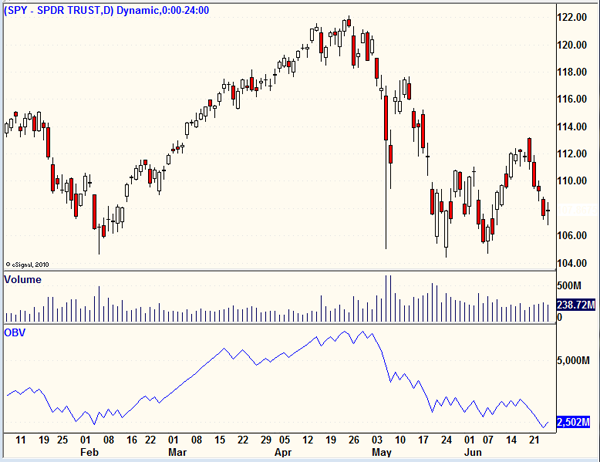EBIT vs Operating Income: What’s the Difference?


It doesn’t find much usage if one is interested in finding the free cash flows of the business as it doesn’t adjust for Interest expenses, which results in cash outflow. From 2008 to 2010, Revenues increased by 5.58% ( $64306 in 2010 versus $60909 in 2008). However, Interest Coverage Ratio decreased from 19.55 times in 2008 to 9.63 times in 2010. It is important to note that a higher Interest Coverage Ratio is a better sign of the business’s financial health.
- Operating income and EBIT are the same for many companies, but for those that have large incomes or losses from the “other” category, the differences can be substantial.
- Since service companies don’t produce goods, the COGS is replaced by the cost of revenue, which is essentially the COGS for service companies.
- Profitability ratios help in evaluating the ability of a company to generate income against the expenses.
- Let’s see some simple to advanced examples of EBIT to understand it better.
- It can also be evaluated as the aggregate of net income, changes in assets and liabilities and non-cash expenses.
It can also be computed using gross income less depreciation, amortization, and operating expenses not directly attributable to the production of goods. Interest expense, interest income, and other non-operational revenue sources are not considered in computing for operating income. Operating incomes do not include investment and non-operating income, taxes, and interest expenses. And total revenue minus company paid the cost which can be direct cost or indirect cost resulting in operating income. Operating income is a company’s income after subtracting operating expenses and other costs from total revenue.
On its income statement, Apple reported $82.959 billion of product and service revenue, up very slightly from the prior year. We can see in the above example that the 2021 operating income of $6.523 billion was less than the EBIT of $6.714 billion. The difference between the two numbers highlights the importance of not assuming that operating income will always equal EBIT.
Operating Income Examples
Alternatively, a company may earn a great deal of interest income, which would not show up as operating income. Operating income is what is left over after a company subtracts the cost of goods sold and other operating expenses from the sales revenues it receives. However, it does not take into consideration taxes, interest or financing charges. In this formula, you must have a fully calculated income statement as net income is the bottom and last component of the financial statements. In this case, the company may already be reporting operating income towards the bottom of the report. Operating income is considered a critical indicator of how efficiently a business is operating.
Operating Income Before Depreciation and Amortization shows a company’s profitability in its core business operations. Operating income is a measurement that shows how much of a company’s revenue will eventually become profits considering its business operations. It’s a measurement of what money a company makes only looking at the strictly operational aspect of its company. However, the operating income formula remains a limitation that is particularly useful when comparing similar companies in the same industry. EBITDAR—an acronym for earnings before interest, taxes, depreciation, amortization, and restructuring or rent costs—is a non-GAAP measure of a company’s financial performance. Earnings before interest and taxes is a company’s net income before interest and income tax expenses have been deducted.
Operating income shows the income generated from a company’s operations. EBIT is essentially net income with interest and tax expenses added back to establish a company’s overall profitability by excluding the cost of debt and taxes. However, EBIT includes interest income and other income, while operating income does not. Operating income—also called income from operations—takes a company’s gross income, which is equivalent to total revenue minus COGS, and subtracts all operating expenses. A business’s operating expenses are costs incurred from normal operating activities and include items such as office supplies and utilities. D Trump footwear company earned total sales revenues of $25M for the second quarter of the current year.

Investopedia requires writers to use primary sources to support their work. These include white papers, government data, original reporting, and interviews with industry experts. We also reference original research from other reputable publishers where appropriate. You can learn more about the standards we follow in producing accurate, unbiased content in oureditorial policy. Full BioMichael Boyle is an experienced financial professional with more than 10 years working with financial planning, derivatives, equities, fixed income, project management, and analytics. Adam Hayes, Ph.D., CFA, is a financial writer with 15+ years Wall Street experience as a derivatives trader.
Operating income is also used to look at operating margins, as this is usually an easier way to compare performance YoY or versus competitors. Operating income is a dollar amount, while operating margin is a ratio or percentage. If a company is successfully generating operating income but is poor at structuring its debt or losing income on other non-operating activities, then operating income is obstructing the larger picture.
EBIT vs. Operating Income Example
He currently researches and teaches economic sociology and the social studies of finance at the Hebrew University in Jerusalem. From the above table, we can see that the EBIT of Apple Inc. in dollar terms has been growing operating income formula during the period, which is a positive sign for the company. At the end of the financial year, ABC Limited’s net income stood at $41,000. Let’s see some simple to advanced examples of EBIT to understand it better.
EBITDA, on the other hand, will differ from operating income as operating income deducts depreciation and amortization expense. A company has a total revenue of $15,000, the direct cost to the company is $2,000, and the indirect cost to the company is $3000. EBIT is a profitability metric that helps assess how a company is performing, which is calculated by measuring profit before payment of interest to lenders or creditors and taxes to the government. It is a profitability calculation measured in terms of dollars and not in percentages like most other financial terms. Let us consider an example to calculate EBIT for a company called ABC Limited, which manufactures customized roller skates for both professional and amateur skaters.

Besides his extensive derivative trading expertise, Adam is an expert in economics and behavioral finance. Adam received his master’s in economics from The New School for Social Research and his Ph.D. from the University of Wisconsin-Madison in sociology. He is a CFA charterholder as well as holding FINRA Series 7, 55 & 63 licenses.
Where can you find operating income?
While calculating Operating Income, certain companies sometimes include non-operating items such as gains on Investment. Any stakeholder/Analyst must ensure consistency in the calculation method before making any comparison and resultant inferences. From the above screenshot, we can easily see how the company’s income has changed from 2008 to 2010 and can perform analysis to measure Operational Efficiency.
It is very important to understand the concept of net operating income because it is one of the predominantly used profit metrics that help in the assessment of how well a company is performing. The net operating income is basically the profit generated from the core operations before the payment of interest to the lenders and taxes to the government. However, please note that this is not a profit margin but absolute profit and as such, it is expressed in terms of dollars and not in percentages. Companies may be more interested in knowing their operating income instead of their net income as operating income only incorporates the costs of directly operating the company.
EBITDA includes EBIT but also adds back depreciation and amortization to net income to measure a company’s financial performance. Non-Operating IncomeNon-Operating Income, also called Peripheral Income, is the capital amount that a business earns from non-core revenue-generating activities. The examples include profits/losses from a capital asset sale or Foreign Exchange Transactions, Dividend Income, Lawsuits losses, & Asset Impairment losses, etc. Operating margin is one of these, and simply looks at the operating income as a percentage of revenue. These would be capital structure expenses like interest, taxes, and other expenses or sources of income such as investments not related to the core business.
When gross profit, operating income, and net income are listed as a percentage of revenue, they are termed gross margin, operating margin, and profit margin, respectively. Many analysts and investors pay close attention to operating income and how it changes over time. If it increases, it means that the company is making more money from its core business. This method helps you see if the net income is coming from the core operations of the company or if the earnings have been distorted by capital structure expenses. Operating income is calculated by deducting the ongoing costs of running the business from the revenue generated during that period.
Profitability formula that helps calculate a company’s profits generated from core operations. The formula is a decision tool for an investor to calculate how much gross income will eventually result in profit for a company. Operating income, also referred to as operating profit orEarnings Before Interest & Taxes , is the amount of revenue left after deducting the operational direct and indirect costs from sales revenue.
What Is Operating Income?
EBIT is often considered synonymous with operating income, although there are exceptions. The biggest non-operating expense items are taxes and interest, but there’s also a category called “other (non-operating) income or expenses.” Operating income is often used to compare operating margins year-over-year or to competitors. This is a simple way to see how efficiently a company is generating profit from its core operations. They are similar, but EBIT includes any non-operating income as well as expenses from non-core business functions, such as investments in other companies. These expenses include the costs of creating the goods that have been sold , salaries, inventory, marketing, depreciation, administrative costs, and operating expenses.
For example, the total revenue will be computed in a manufacturing company by multiplying the number of units produced with the average price per unit. Direct costs are expenses incurred and attributed to creating or purchasing a product or in offering services. Often regarded as the cost of goods sold or cost of sales, the expenses are specifically related to the cost of producing goods or services. The costs can be fixed or variable but are dependent on the quantity being produced and sold. EBIT and operating income are both important metrics in analyzing the financial performance of a company. For example, a company may have interest income such as credit financing, which EBIT would capture, while operating income would not capture interest income.
This formula is used when direct cost and indirect cost are available for the company. Operating profit, like gross profit and net profit, is a key financial metric used to determine the company’s worth for a potential buyout. The higher the operating profit as time goes by, the more effectively a company’s core business is being carried out. Operating income is also important because it shows the revenue and cost of running a company without non-operating income or expenses, such as taxes, interest expenses, and interest income. Operating income helps investors to determine if a management team is running the company properly and allows for comparison to other similar companies within the same industry.
The Higher the operating income, the more profitable company will be and will be able to pay the debt of the company on time. Investors monitor operating income as it gives an idea of the future scalability of the company. But some companies’ management misuses this and does fraud by changing the value of revenue and delaying expenses which is against the GAAP principle of accounting. A company has a gross profit of $50,000 with an operating expense of $15,000, depreciation value of assets is $5,000, and amortization of $5,000. Operating income is gross income minus depreciation minus operating expense minus amortization.
This can be an easier way to understand how efficiently the company generates profits from its core business, as you can compare year-over-year or versus competitors. Each serves a purpose in understanding different aspects of the company’s profitability. Operating income can also be calculated by starting further down the income statement and working back up the earnings “levels” by adding expenses back in. Let’s imagine a store called Linda’s Groceries, which had USD $1M in sales last year. Linda wants to understand if her business is profitable after deducting all the costs of running it.
Leave a comment